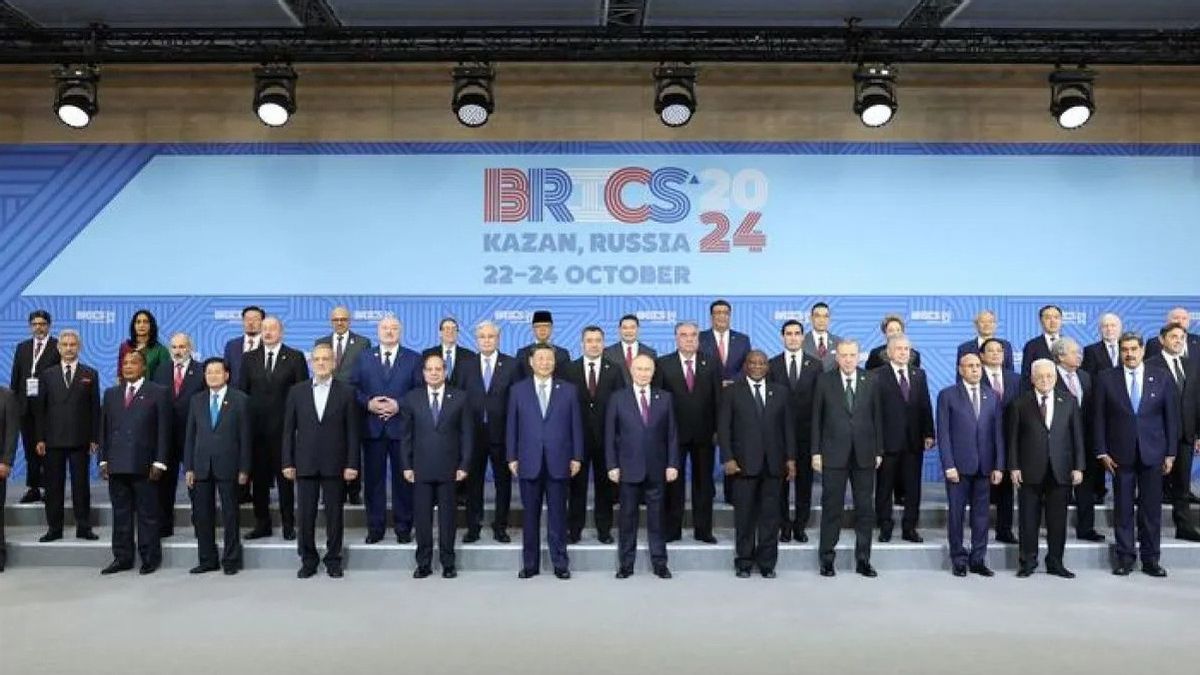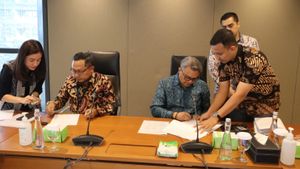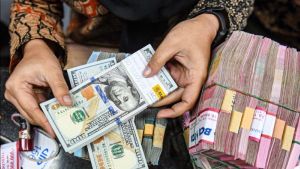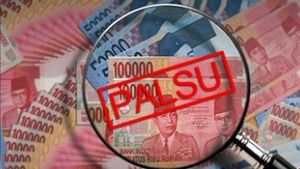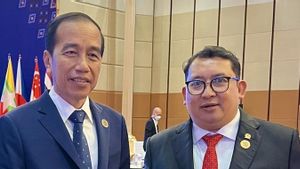YOGYAKARTA - Indonesia has officially expressed interest in joining the BRICS economic group. This decision is in the world's spotlight, so what is the reason Indonesia joins BRICS?
Indonesia is considered a valuable asset for BRICS. However, behind this decision, of course, there are careful and complex considerations. Here's the discussion.
Before continuing to read also articles discussing Wanting to Join BRICS, Indonesia Runs Bridge Builder Roles Between Developing Countries And Developed Countries
Indonesia has officially expressed interest in joining BRICS in the summit which took place in Kazan, Russia. Foreign Minister Sugiono, in his statement on October 24, 2024, revealed the fundamental reasons behind this strategic decision. Here are some of them:
According to the Minister of Foreign Affairs, joining BRICS is a strategic step for Indonesia to expand international cooperation and fight for the interests of developing countries.
To strengthen cooperation between BRICS and developing countries, Sugiono proposed three concrete initiatives, following:
Minister of Foreign Affairs Sugiono also emphasized that Indonesia's move to join BRICS was in line with the vision of the Prabowo Cabinet (Red and White Cabinet).
By focusing on food security, energy, poverty alleviation, and human resource development, Indonesia hopes to synergize with BRICS countries to achieve national development goals.
Reporting from the Ipea page, the idea of BRICS was first proposed by Goldman Sachs Chief Economist Jim O'Neill in a 2001 study entitled "Building Better Global Economic BRICs". This idea later became an analytical category in the circle of economy, finance, business, academics, and the media.
In 2006, this concept gave birth to a group embodied in foreign policies of Brazil, Russia, India and China. In 2011, on the occasion of the Third Summit, South Africa joined this group, which later adopted the BRICS acronym.
BRICS' economic weight is quite large. Between 2003 and 2007, the growth of the four countries accounted for 65% of the world's GDP expansion. Even in terms of purchasing power parity, GDP BRICS currently has surpassed the US GDP or the European Union.
To provide an overview of the growth rate in these countries, in 2003 BRICS accounted for 9% of the world's aggregate GDP, and in 2009 this figure increased to 14%.
In 2010, GDP aggregates from the five countries (including South Africa) reached US$11 trillion, or 18% of the world's economy. If you consider GDP based on purchasing power parity, this figure is even higher: US$ 19 trillion, or 25%.
In the series of the 16th BRICS Summit, Foreign Minister Sugiono actively communicated with member state leaders and BRICS partners. Several important bilateral meetings were held, including with the Russian Foreign Minister.
Through these meetings, Indonesia is increasingly strengthening the network of cooperation with various countries in the world.
The good news is that Indonesia is now officially a partner of BRICS. This decision not only benefits Indonesia, but also expands the network of economic cooperation in the Southeast Asia region.
SEE ALSO:
With the joining of Malaysia, Thailand and Vietnam as partners of BRICS, the potential for economic cooperation in the region is increasingly wide open.
In addition to the reasons why Indonesia joins brics, follow other interesting articles too. Want to know other interesting information? Don't miss it, keep an eye on the updated news from VOI and follow all the social media accounts!
The English, Chinese, Japanese, Arabic, and French versions are automatically generated by the AI. So there may still be inaccuracies in translating, please always see Indonesian as our main language. (system supported by DigitalSiber.id)
